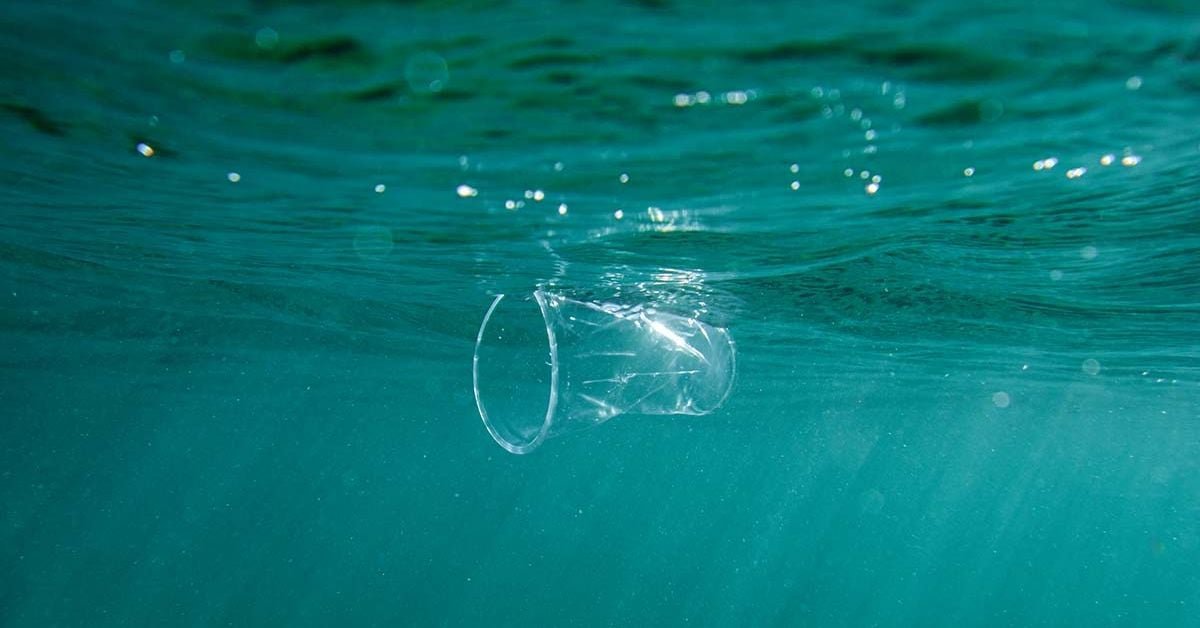Plastic is ubiquitous in our daily lives, evident from the overflowing recycling bin in your kitchen to the plastic waste that clutters our beaches. Even microplastics, which are tiny plastic fragments that measure less than five millimeters, infiltrate our lives, including our bodies.
Given the prevalence of plastic, it’s not surprising that microplastics are entering our systems. These tiny particles come from the food we consume, the water we drink, and even the air we breathe. Research indicates that the average American may ingest around 50,000 plastic particles annually.
Absorption of Microplastics
For the first time, a biomonitoring study has revealed that plastic isn’t just passing through our bodies; it is actually remaining within us. Researchers in the Netherlands discovered that 80 percent of participants had plastic particles present in their bloodstream.
The presence of microscopic pieces of plastic from everyday products in our bodies is concerning. Even more alarming is the fact that these particles can be absorbed alongside any harmful chemicals they carry, entering the bloodstream and spreading throughout the body with oxygen and nutrients.
Currently, the exact percentage of microplastics that enter the bloodstream compared to what we ingest is unknown, but it has been established that the absorption rate is quicker than the body’s ability to eliminate these particles, leading to accumulation.
How was this determined?
To reach this conclusion, blood samples from 22 healthy adults were analyzed. Researchers tested for known byproducts from the breakdown of specific plastics under increased temperatures.
Five main types of high-production polymers were identified, including:
- poly(methyl methacrylate) (PMMA), often used in medical applications like dental work
- polypropylene (PP), found in various products from yogurt containers to condiment bottles
- polymerized styrene (PS), used primarily in single-use and disposable items
- polyethylene (PE), the most prevalent plastic, used in items like plastic wrap, shopping bags, milk cartons, and plumbing
- polyethylene terephthalate (PET), common in plastic bottles, food containers, electronics, and clothing fibers
The More We Discover, the More Questions Arise
This initial study indicates that plastics are indeed being absorbed into human bloodstreams. However, additional research is necessary to understand the implications for our health and what long-term effects might arise from this accumulation.
What can you do?
In the meantime, there are several strategies to reduce plastic exposure in our everyday lives. Here are some practical steps to consider:
- Make sure your home is well-ventilated to lower the risk of inhaling airborne microplastics that may come from household plastic items.
- Avoid using plastic water bottles, as they are significant sources of microplastic contamination.
- Replace cling film and plastic food containers with beeswax wraps and glass or metal alternatives.
- Say goodbye to plastic bags and choose reusable options that you will enjoy using for years.
- Carefully select infant feeding bottles, children’s cups, and plastic tableware to minimize exposure to harmful chemicals. If more expensive options like glass (which can break) and metal are not feasible, reduce the shedding of microplastics by avoiding heating plastic bottles (no microwaving) and washing them by hand using warm water instead of hot. Store milk in a different container rather than the plastic bottle, and avoid shaking liquids in plastic bottles.






